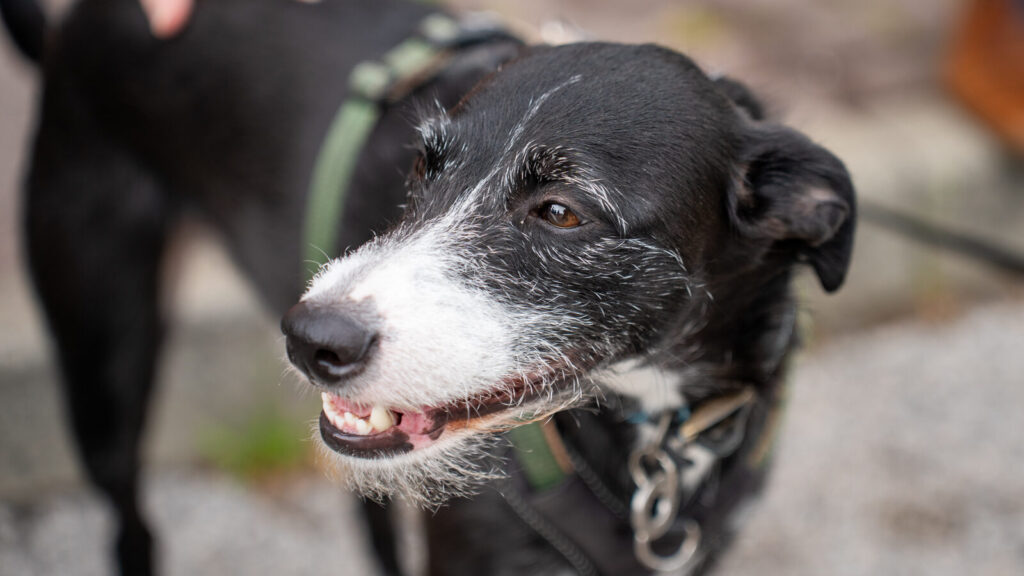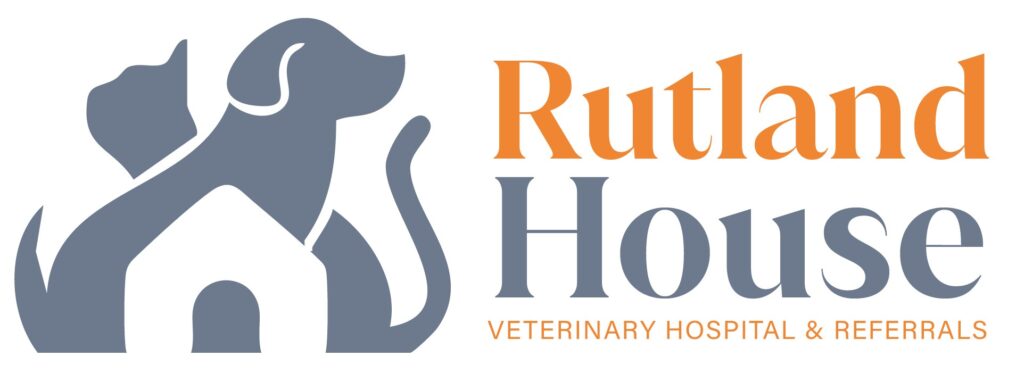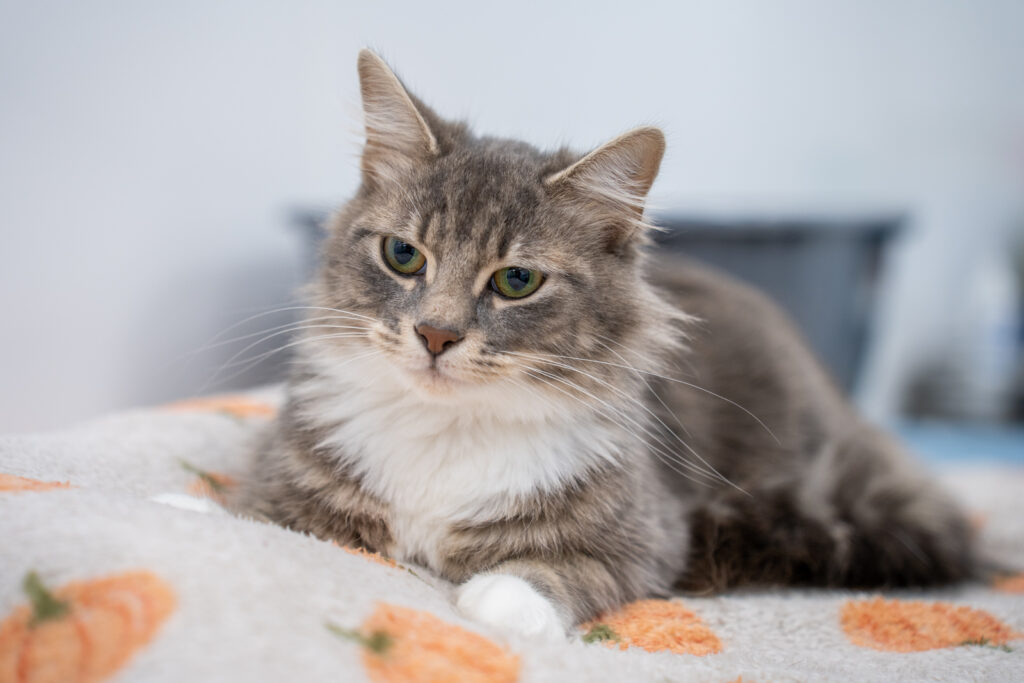Pet Owner Advice
Learn how to prepare for your pet’s appointment and support their recovery.

- When you arrive
- Getting your pet ready for their procedure
- Can I stay with my pet during their procedure?
- After your pet’s procedure
- What happens next?
When you arrive

Park at our practice
We have parking spaces available directly outside of our main reception area.

Check in with our reception team
Upon arrival, head to the main reception area. Our team will confirm your appointment and guide you to the appropriate waiting area for your pet.
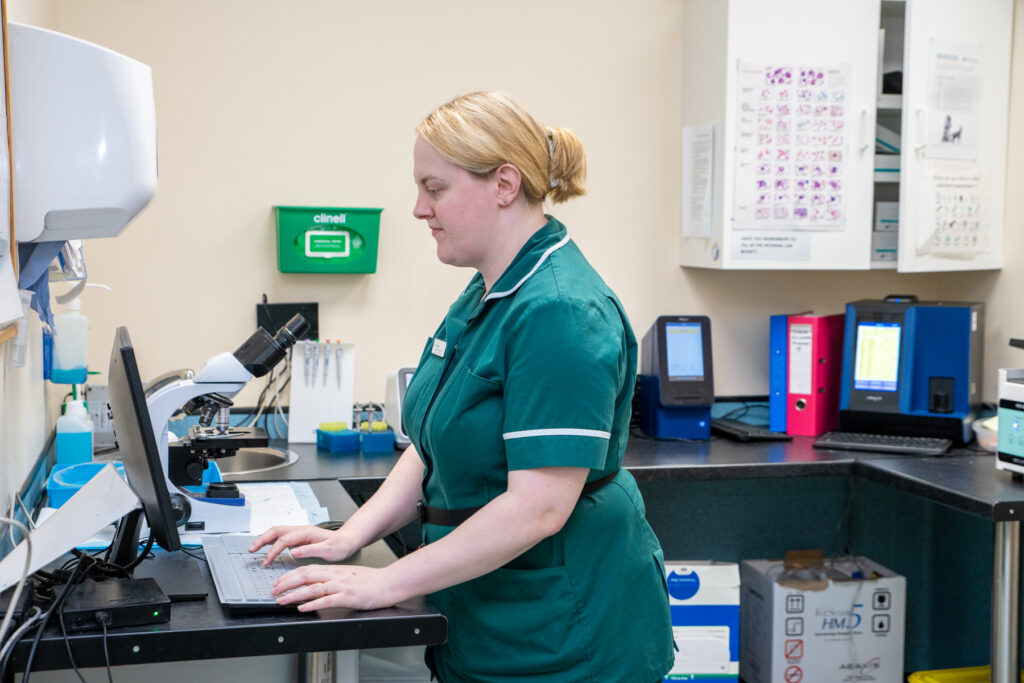
Bring the relevant documents
Make sure you bring details of your pet insurance policy.
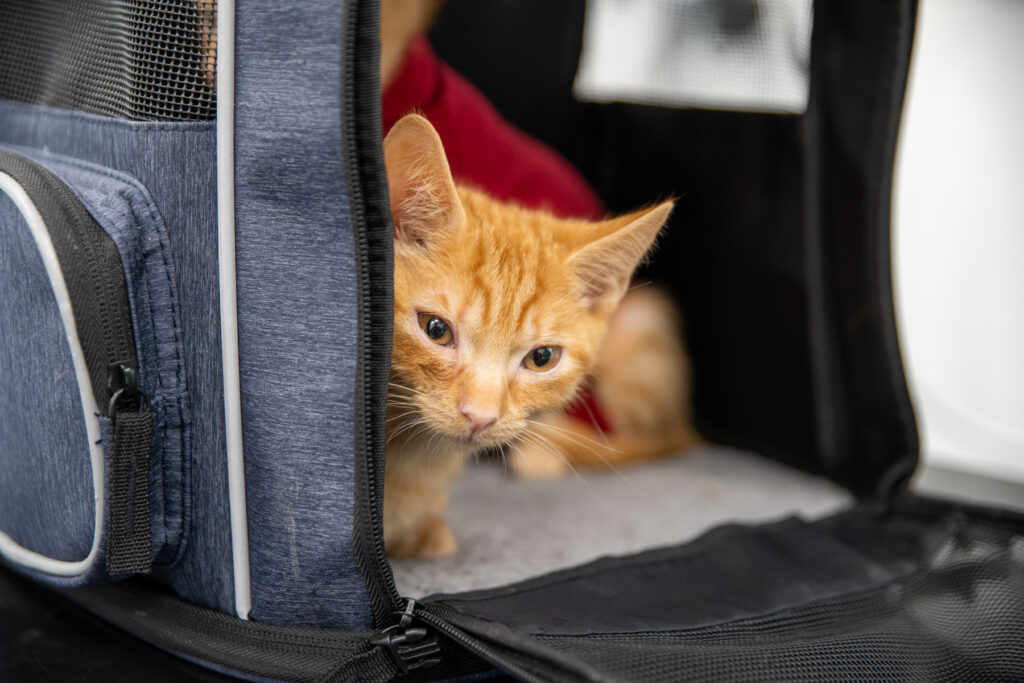
Ask questions
We encourage open communication, so please feel free to ask us about your pet’s treatment, behaviour or any concerns you may have.

Follow fasting instructions
You will be advised whether your pet needs to fast before surgery. This usually means no food after midnight the night before, but water may be allowed. If your pet is diabetic, please feed them as normal.
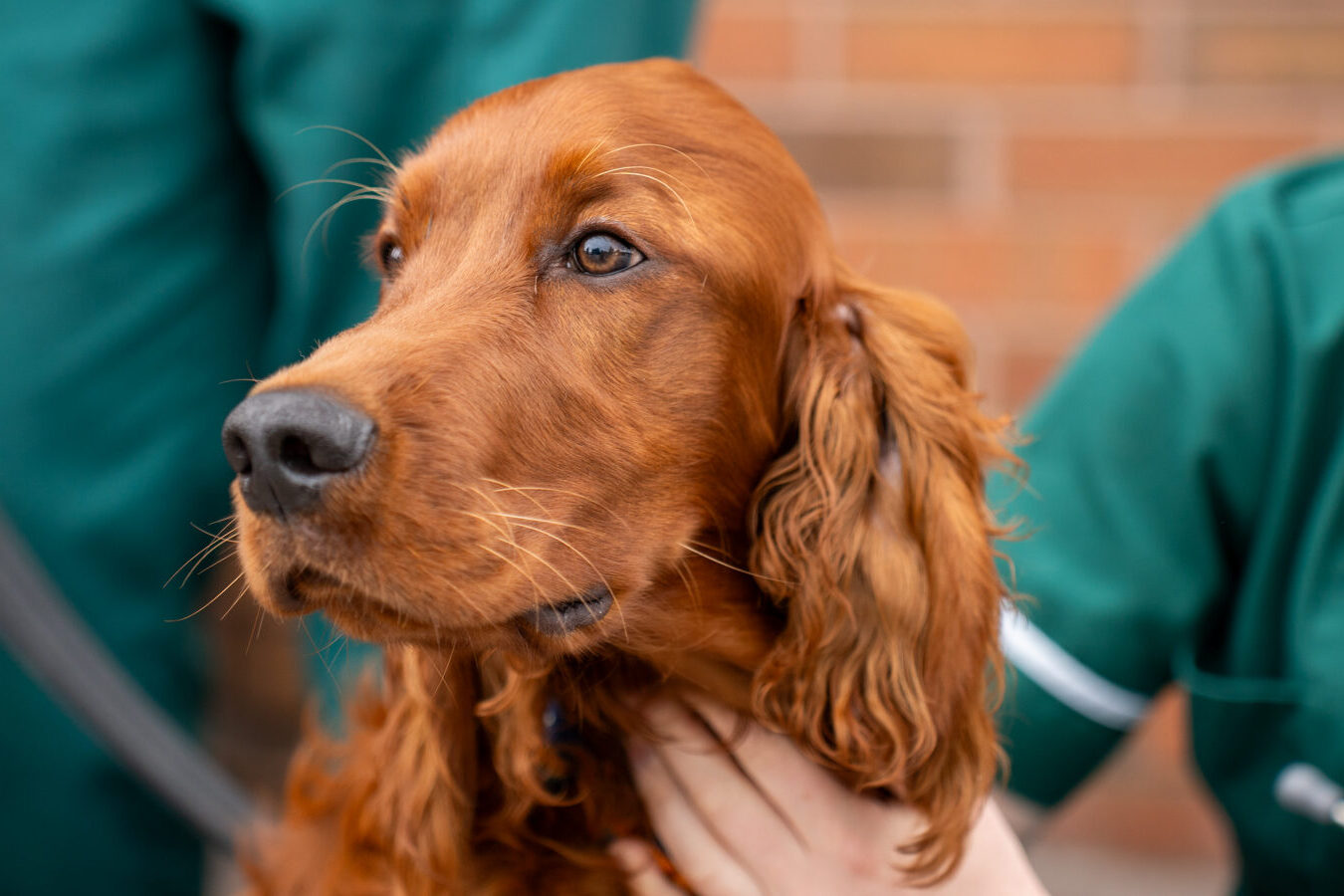
Follow medication guidance
If your pet is on regular medication, make sure the vet is aware and check whether to continue or pause it before the procedure.
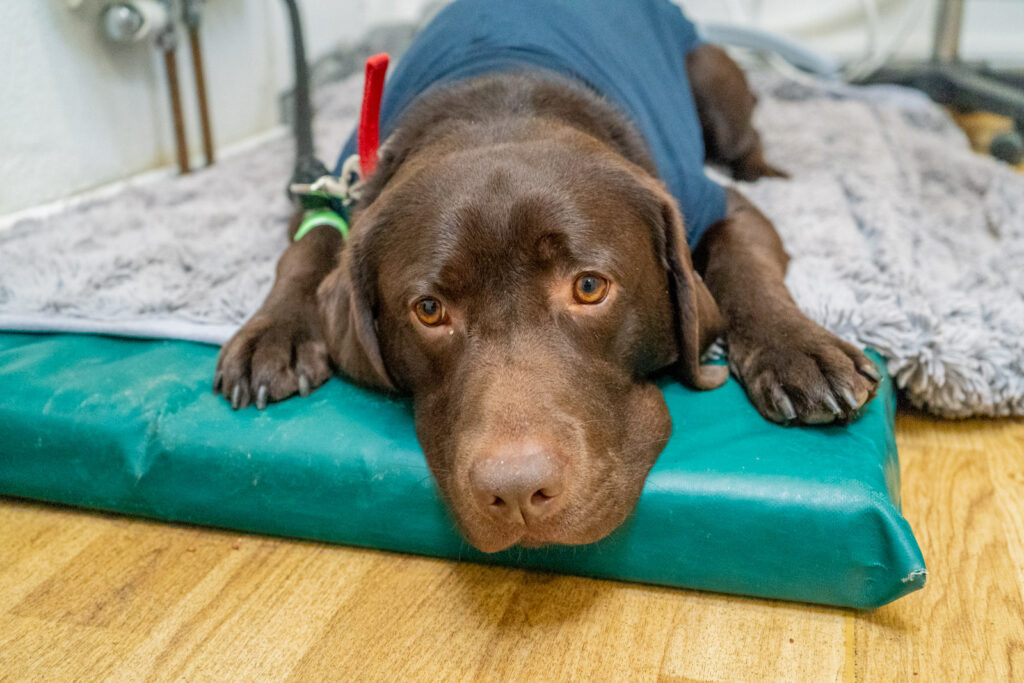
Keep your pet calm
Maintain a quiet and stress-free environment at home. Familiar routines and gentle play can help to ease anxiety.

Prepare a recovery space
Set up a comfortable, quiet area at home for your pet to rest after the procedure. Include soft bedding and easy access to water.
Can I stay with my pet during their procedure?
Pet owners are not typically allowed to stay during procedures, especially those involving anaesthesia or surgery, due to health and safety law and insurance restrictions.
This is standard practice in most veterinary hospitals, as it helps us to maintain a sterile environment and reduces stress for pets and veterinary teams.
Once the procedure is complete, you will be contacted to schedule a discharge appointment.


Follow the vet’s instructions
You’ll receive specific post-operative care instructions tailored to your pet’s procedure. This will include details of medication schedules, dietary recommendations and check-up appointments.
Always follow these instructions closely to give your pet the best chance of optimal healing and recovery.

Manage pain and discomfort
Your vet may prescribe pain relief medications, which should be administered exactly as directed.
Monitor your pet for signs of discomfort, such as restlessness, whining or licking the surgical site. Get in touch if you’re concerned.
Keep your pet in a quiet, comfortable space to rest and recover.

Food and water
Avoid overfeeding during recovery. Your vet may recommend a special diet or reduced portions.
Ensure your pet has constant access to fresh water to stay hydrated
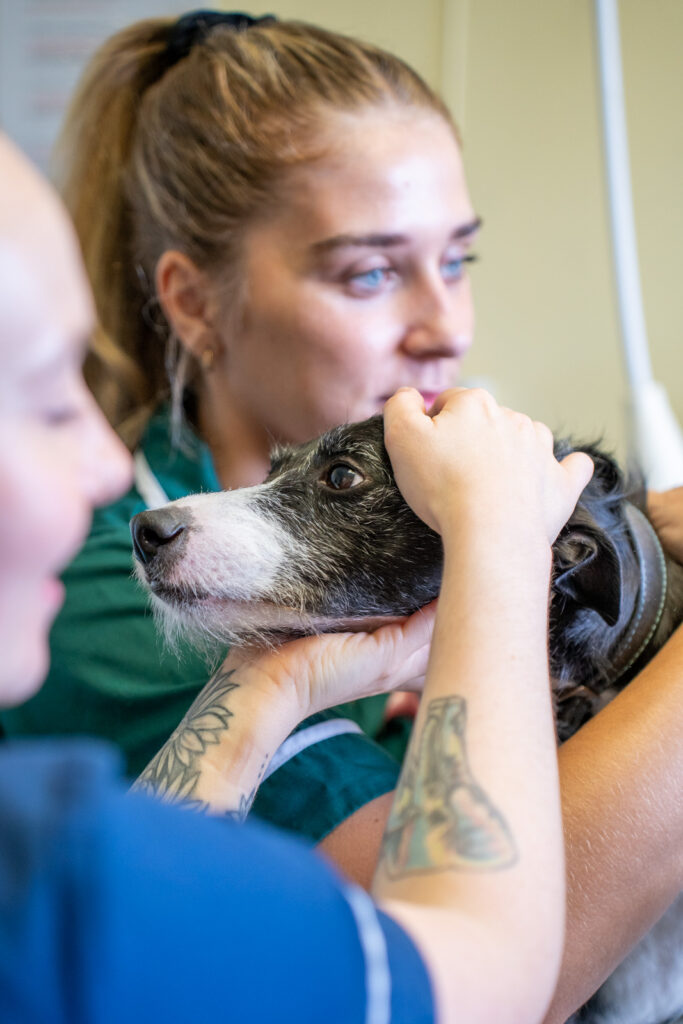
Restrict activity
Limit your pet’s movement to prevent strain on the surgical site.
Avoid running, jumping or rough play. Use a crate or confined space if needed.
Give your pet short bathroom breaks, using a lead only, unless otherwise advised.

Monitor the incision site
Check the wound daily for redness, swelling, discharge or unusual odour.
Do not apply creams or ointments unless instructed.
Prevent your pet from licking or biting the area, and use a cone or recovery suit if necessary.
What happens next?
Follow-up care is usually managed by our referral team, especially if the procedure is complex or requires specialist monitoring.
We will provide detailed aftercare instructions and schedule any necessary post-operative checks.
In some cases, routine monitoring or medication reviews may be handed back to the first-opinion vet. This is decided on a case-by-case basis.
If you’re unsure where to go for a follow-up appointment, it’s best to:
- Check your discharge paperwork for instructions.
- Contact the referral centre directly to confirm your next steps.
If you have any other questions, please don’t hesitate to contact us.
